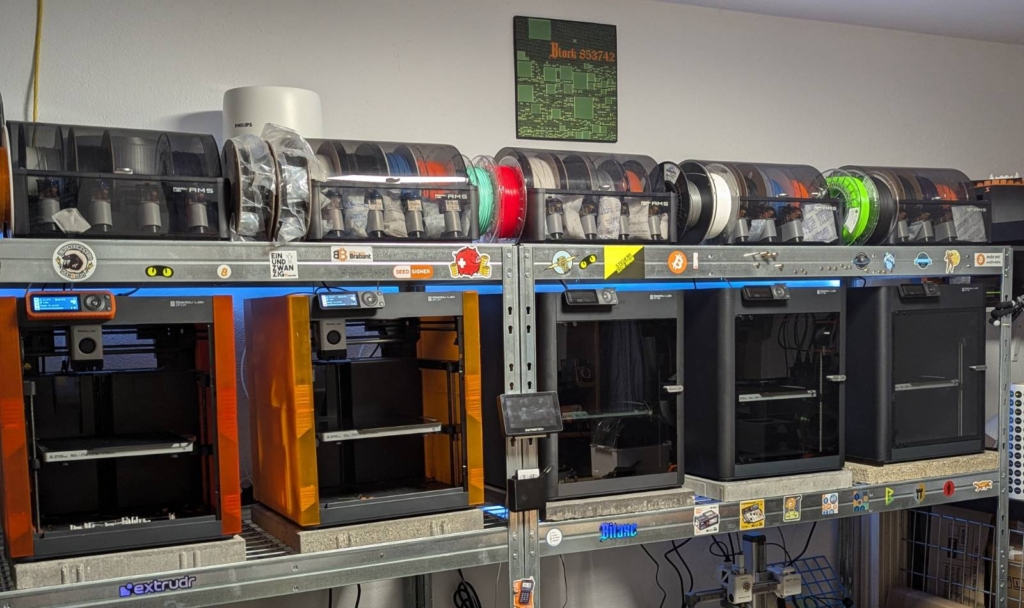Have you ever tried to pay for something with a jar full of loose change? It’s cumbersome, right? Well, managing your Bitcoin can feel a bit like that if you don’t understand UTXOs – Unspent Transaction Outputs. Let’s dive into the interesting but sometimes daunting world of UTXO management, where we’ll explore how to keep your Bitcoin transactions as smooth as a well-oiled machine. Shall we?
What’s a UTXO, Anyway?
Imagine every Bitcoin transaction as a checkbook entry. When you receive Bitcoin, you get a new “check” – this is your UTXO. When you spend Bitcoin, you’re not actually spending from one big pool; you’re spending these individual checks. Each UTXO represents a specific amount of Bitcoin that hasn’t been spent yet which you hold the private keys to.
For instance, if you receive 0.05 BTC, you get one UTXO. Spend 0.04 BTC, and your wallet will break that into one UTXO for the recipient (0.04 BTC) and one for you (the change output of 0.01 BTC).
Why UTXO Management Matters
- Transaction Fees: Managing UTXOs can help you save on fees. Small UTXOs can become costly to spend, especially when fees are high.
- Privacy: Using a large UTXO can reveal how much Bitcoin you own, and reusing addresses can make your financial trail more traceable.
- Efficiency: Too many small UTXOs can bog down your wallet, especially on hardware devices with limited memory.
General Best Practices for UTXO Management
1. Size Matters – But Not Too Much:
- Avoid Small UTXOs: Aim for UTXOs over 0.01 BTC to ensure they’re spendable without high fee costs. Tiny UTXOs or “dust” can become unspendable if fees spike.
- Avoid Large UTXOs: A single large UTXO can compromise privacy. It’s like showing your entire bank account with each transaction.
2. Diversify for Flexibility:
- I know, I know, we don’t like the word diversify, but hear me out. It might be wise to keep a mix of UTXO sizes, you wouldn’t go out to drink with just a 500$ bill because you know it’s too large, you would likely prepare a few smaller bills, for the ease of use. Doing his gives you the flexibility to match transaction inputs to outputs more closely, reducing change and thus, fees.
3. Source Separation:
- This is arguably the most important point here. Keep Bitcoin from different origins separate, especially if one source doesn’t require KYC (Know Your Customer). This helps maintain privacy by not mixing your financial footprints.
4. The Art of Consolidation:
- When fees are low, consolidate your small UTXOs into larger ones. This reduces complexity and potential future costs. Remember, this doesn’t mean fewer addresses; it means fewer UTXOs per address. Also remember that by doing this, you reveal that you own all of these UTXOs in some cases.
5. Timing Your Transactions:
- Use tools like mempool.space to monitor when fees are low. Timing can save you money, but don’t let opportunities slip by waiting for the perfect moment. Some of us like to gamble on lower fees, and will send all of their transaction with an as low fee as possible. Time preference is an important factor.
6. Leverage the Lightning Network for Small Transactions:
- For daily transactions below certain amounts, the Lightning Network is your friend. Amounts depend on your LN setup, if you run your own Lightning Node you’re limited by your Channel sizes. Lightning is, cheaper, more private and doesn’t involve UTXOs directly, keeping your on-chain UTXOs for larger, less frequent transactions. There isn’t even a record of these transactions anywhere but on the Nodes which routed them.
7. Address Management:
- Satoshi said it and I’ll say it again. Never ever reuse addresses. Each transaction
shouldmust use a new address to enhance privacy, as each address links to its UTXOs.
8. Choose Your Address Format Wisely:
- Opt for Bech32 or Taproot addresses when possible. They’re more efficient and thus cheaper in terms of transaction size and fees. Taproot addresses are slightly more expensive to send to, but much cheaper to spend from later, if we consider ngu, switching to Taproot addresses is kind of a no brainer. They also enable hiding your on chain footprint when using multisig.
Practical Steps:
- Regular Reviews: Periodically check your UTXOs, but don’t obsess over them. Plan your consolidations or spending based on current needs and fee environments.
- Dust Sweeping: When fees are low, combine tiny UTXO bits into something more spendable.
Privacy vs. Efficiency:
While consolidating UTXOs can be efficient, it might reduce privacy if you’re not careful. If privacy is your top priority, consider how each consolidation might link your transactions.
Another circumstance to consider is that many of the above points will be invalidated for multisig users, as using multiple keys introduces some hinderances which we’ll briefly cover here:
UTXO Management Considerations for Multisig Users:
- Increased Transaction Size: Multisig transactions are larger because they require more data to include multiple signatures, which can significantly increase transaction fees compared to single-signature transactions. Therefore, multisig users should be even more strategic about UTXO consolidation when fees are low.
- UTXO Consolidation Complexity: Consolidating UTXOs in a multisig setup can be more complex due to the need for multiple signatures. This might require coordination among co-signers or using tools that automate or simplify this process where possible.
- Privacy Concerns: Multisig setups inherently offer better privacy since multiple parties are involved, but this can be compromised if UTXOs from different multisig setups are consolidated into one address. Keep UTXOs for different multisig wallets separate to maintain privacy.
- Planning for Long-Term Storage: Since multisig transactions are more resource-intensive, consider how you manage UTXOs for long-term storage. You might want larger UTXOs in multisig wallets to reduce the frequency of needing to create new transactions.
- Fee Estimation: Use tools like Jameson Lopp’s fee calculator or similar services that can account for the additional data size in multisig transactions. Select “P2WSH in P2SH” for wallets like Casa Vaults to get a more accurate fee estimate.
By incorporating these considerations, multisig users should be able manage their UTXOs more effectively, balancing the need for security, privacy, and cost efficiency. Remember, Bitcoin transactions are irreversible, so careful planning and management are key to a successful UTXO strategy. If you’re not comfortable, test on testnet until you are.
At last, let’s rephrase a few takeways about our beloved UTXOs:
- Multiple UTXOs at One Address Don’t Blend: Even if you have 10 or more UTXOs in one address, they won’t combine into one big coin. They remain separate entries on the blockchain, each with its own history. They also don’t care or even know if they are “residing” at the same address, so just avoid it because address reuse never makes sense.
- Address Exhaustion is a Myth: You can’t run out of addresses. Each wallet can generate up to 8.6 billion addresses, so you’re free to use a new one for each transaction without worrying about depletion. You won’t be able to use them all.
- Quantum Computing Concerns: Spending part of a UTXO from an address reveals the public key for the first time, making the remainder slightly more vulnerable to potential future quantum computing attacks. While not an immediate concern, maybe never a concern, it’s still worth brief consideration when planning for long-term Bitcoin storage.
Brrrrapping Up
Understanding and managing UTXOs isn’t just about saving a few satoshis here and there, it’s about mastering your digital wealth in a way that’s both secure and private, and there is no easy way to achieve this. As often times in bitcoin, there is not “the one” single best solution and verifying the above claims before acting is your duty as a responsible bitcoiner. DYOR, think for yourself, and consider your personal setup and circumcantes instead of blindly following tips orbest practices you found on the internet. Remember, you aren’t just managing Bitcoin, you’re optimizing your financial strategy on the blockchain. So, keep your digital piggy bank tidy, watch out for those fees, and enjoy playing with your fuck you money!





